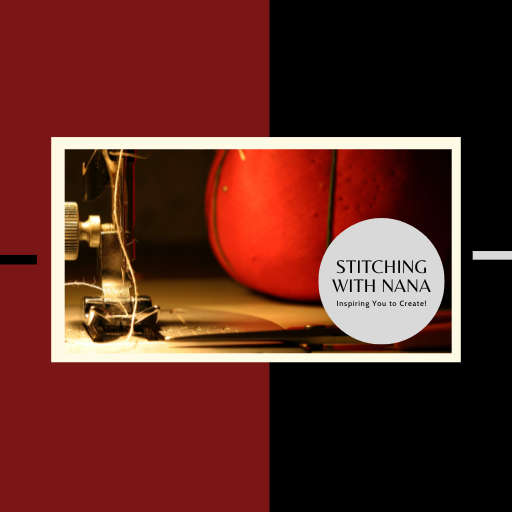CRAFTING YOUR FIRST TOOLBOX
When you begin your sewing journey, having the right tools can make it a gratifying experience. You can start with the correct tools and be quite content or start your journey with frustration.
To start your sewing journey with one of satisfaction here are 15 essential tools you will need.
SEWING MACHINE
A good quality sewing machine is essential to being able to complete your bigger projects. While hand sewing is invaluable for smaller tasks such as hemming a pair of pants, or a skirt or sewing on a button, a good reliable sewing machine speeds up the process and offers a variety of interests, whether it is making your clothing, quilting, or home accessories.
Look for a machine that is user-friendly and suitable for beginners. Make sure it comes with basic stitches like a straight stitch, zigzag stitch, and maybe a few others like buttonholes and decorative stitches.
And don’t forget to pick up some extra needles for your sewing machine.
See Embarking on Your Swing Journey: 10 Key Considerations for Purchasing Your First Sewing Machine.
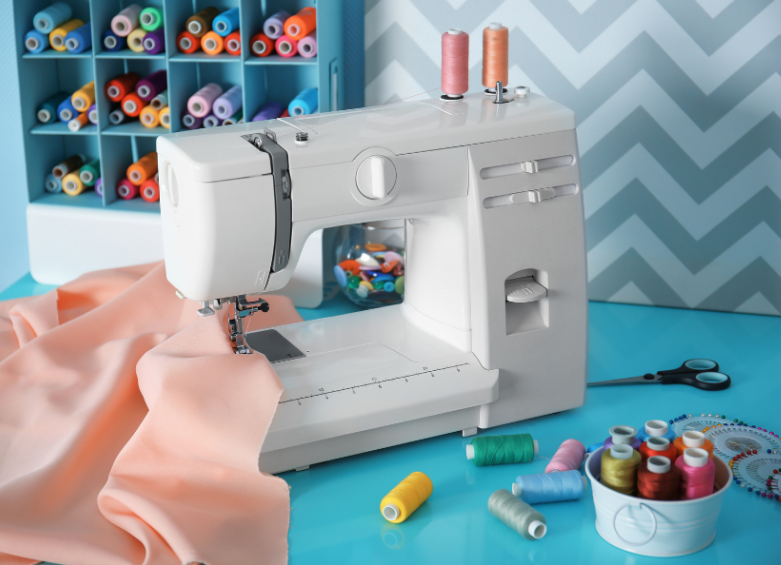
EXTRA BOBBINS
You are likely to get 2 or 3 bobbins with your new sewing machine but having extra bobbins is a non-starter. These small spools are crucial for holding the thread that forms the underside of the machine stitch.
Having extra bobbins, wound with your most used thread colors or the color you are using in a project, can save time and lots of frustration while working on your sewing projects.
And believe me, when you are working on a large project, the thread goes quickly.
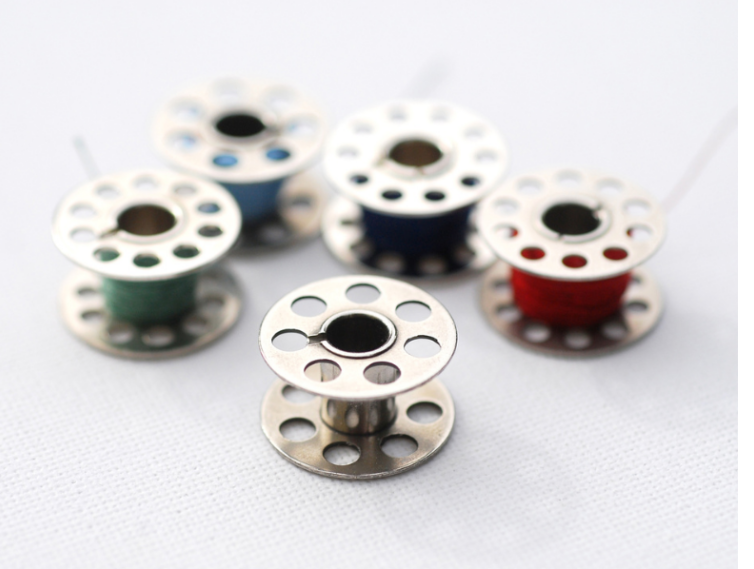
FABRIC SCISSORS
A good high-quality pair of fabric scissors is non-negotiable. They will be an investment so don’t scrimp on these and put them somewhere the kids or the hubby cannot find them.
They should be used exclusively for cutting fabric to keep them sharp. A good pair will make cutting fabrics easier and more precise, which is crucial for the quality of your finished project.
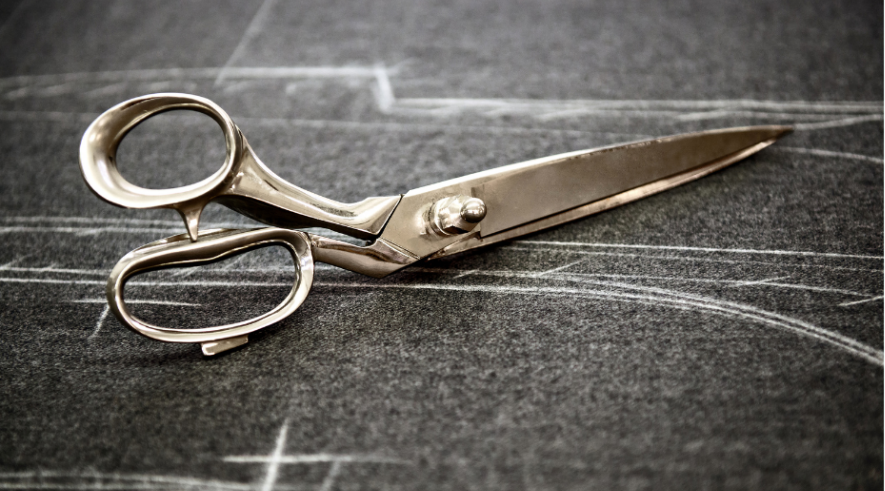
PINKING SHEARS
Pinking shears have serrated edges that prevent the fabric from fraying. They’re useful for finishing seams and cutting lightweight fabrics.
These shears come in handy when you are working with fabrics that tend to ravel easily like cotton.
The cost for a good pair of pinking shears is pretty nominal.
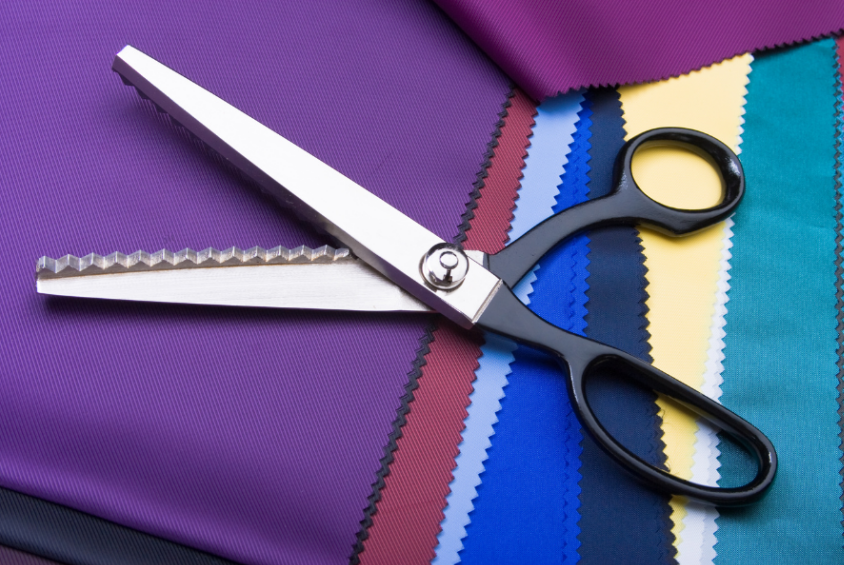
SEAM RIPPER
Even the most experienced sewers make mistakes. A seam ripper is your best friend for undoing stitches quickly and cleanly.
Having one on hand means you can fix errors without damaging your fabric.
When purchasing a seam ripper look for one with a comfortable grip. One that will not slip through your hand easily.
MEASURING TAPE
Accurate measurements are the foundation of sewing. A flexible measuring tape is used to take body measurements and to measure fabric.
When purchasing make sure it is flexible and soft, but durable.
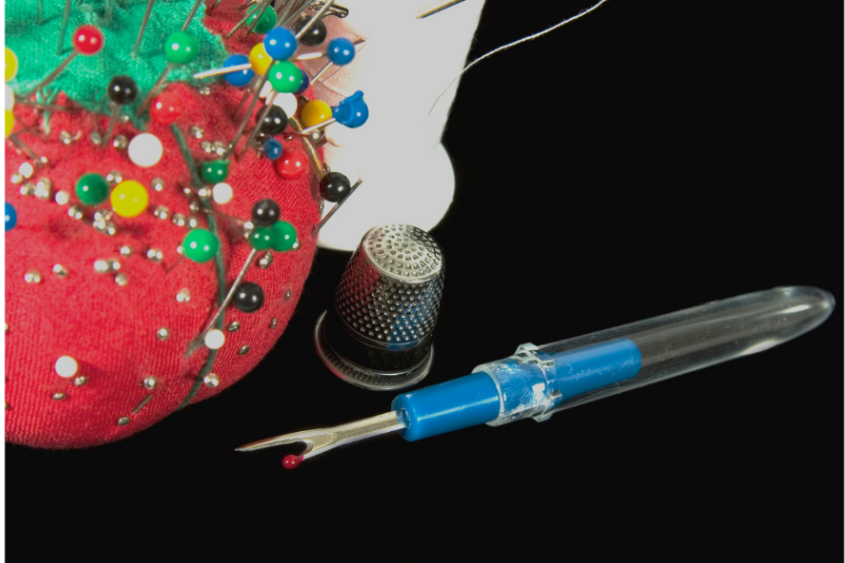
PINS AND PINCUSHION
Pins are used to hold fabric pieces together before they are sewn, ensuring accuracy and preventing slippage. They become invaluable in some projects.
A pincushion not only stores your pins safely but also keeps them easily accessible as you work.
IRON AND IRONING BOARD
Pressing your fabric and seams with an iron is crucial for a professional-looking finish. It flattens seams, shapes fabric, and removes wrinkles, which can affect how your final project fits together.
THIMBLE
A thimble is a must. It acts as a shield for your finger, when hand sewing, especially when sewing through thick fabrics or for long periods of time.
Nothing is worse than sewing and pricking your finger and then you have blood all over your project before you even know it. Yikes!
SEWING GAUGE
A sewing gauge is a small ruler-like tool with a slide that is handy for marking garment hems, pleats, and buttonholes.
It comes in handy when you are working on a small project where you cannot get a larger ruler in an area to measure.

HAND SEWING NEEDLES
Even if you don’t hand sew that often you will want to have some needles in your toolbox for the tasks that require a delicate touch or precision. I have already mentioned how invaluable hand sewing is.
Having a variety of needles ensures that you have the right size and strength for different fabrics and threads. You can purchase a variety pack that has different sizes and strengths.
Even if you’re using a sewing machine, hand-sewing needles are handy for tasks like sewing on buttons, stitching hems, and making minor repairs.
THREAD
No matter what type of sewing you do, you will need thread.
Invest in a variety of colors and weights to match your fabric and project needs. Quality thread makes a difference in the durability and appearance of your stitches.
While cheaper threads may be easier to attain and less expensive, they will play havoc with your machine. Polyester thread is a good all-purpose choice for most projects.
As you begin multiple projects you will quickly build up a stash of threads.
FABRIC MARKING TOOLS
Marking tools are necessary for marking darts, pleats, hems, marking patterns, and other sewing guidelines on fabric. They are also used when you need to make adjustments.
They come in various forms – fabric pencils, chalk, or washable fabric markers.
There are fabric marking pens that disappear with water or with heat. You always want to test it on a piece of scrap before using them on your project.
Choose a variety or choose one that works best for the fabric you are using.
CLEANING TOOLS
Whether you sew a little or a lot, you will eventually need to clean your machine.
Sewing machines usually come with a small brush but I find they are not big enough. But don’t throw it away! That small brush may come in handy for hard-to-reach places.
When you are in a hardware store or craft store, grab a small paintbrush with soft bristles.
I use a small paintbrush to clean my machine. It works great!
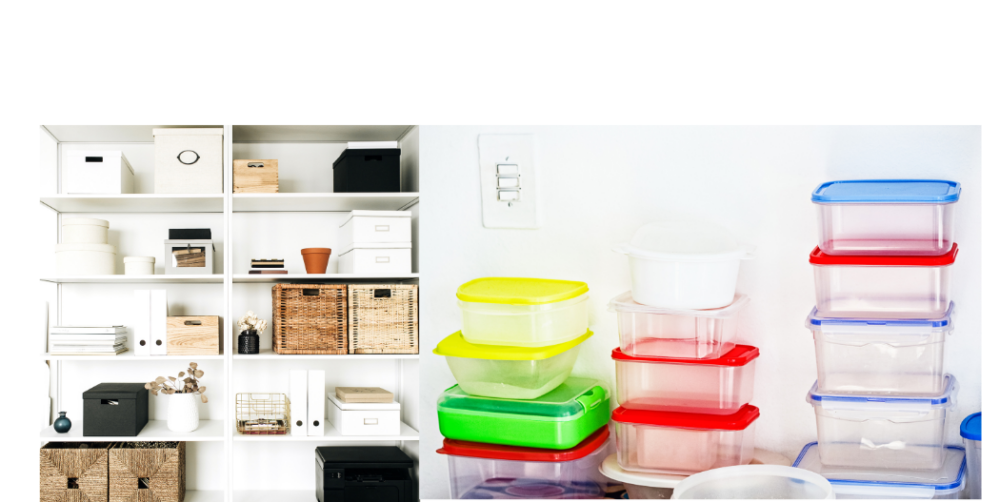
STORAGE SOLUTIONS
Last but certainly not least, you’ll need to keep your sewing tools organized. You will need some kind of storage solution like a sewing box, sewing basket, or compartmentalized organizer.
If you have a sewing machine table, there will be drawers of course but you may also find that your tools tend to move around. You may still need something small that you can use to organize your tools in the drawer.
Each of these tools plays a vital role in the sewing process, making your work easier, more precise, and more enjoyable.
As you grow in your sewing journey, you’ll find which tools you prefer and maybe even discover new ones to add to your essential kit.
Happy Stitching!
Free gift: To grab a quick copy of the sewing tools list above click here.
